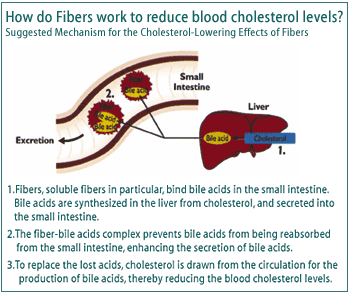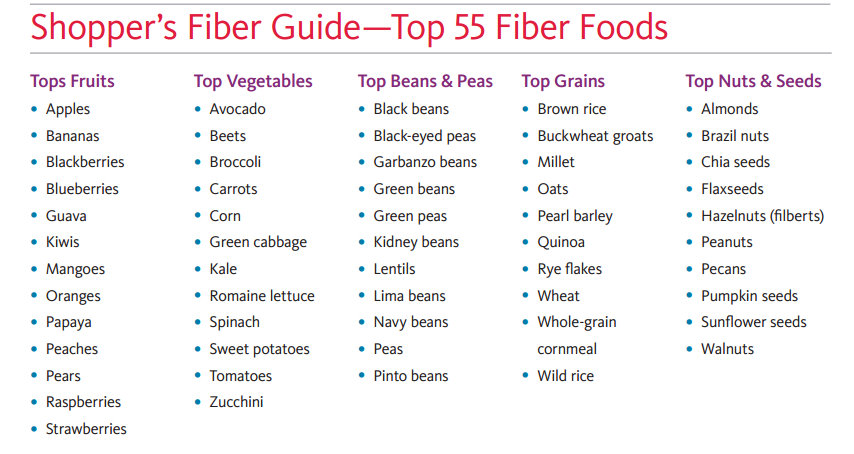 The MonaVie is a blend of 19 fruits that has phytonutrients and antioxidants found in nature’s fresh fruits. The açai berry is the foundation of all the MonaVie health juice blends, in addition to 18 other body-beneficial fruits.Each fruit is selected for its unique, beneficial properties and ability to contribute a variety of phytonutrients and antioxidants to the MonaVie premier nutritional beverages. Together, the combined effect of the fruits delivers more health benefits than what any single fruit could accomplish.
The MonaVie is a blend of 19 fruits that has phytonutrients and antioxidants found in nature’s fresh fruits. The açai berry is the foundation of all the MonaVie health juice blends, in addition to 18 other body-beneficial fruits.Each fruit is selected for its unique, beneficial properties and ability to contribute a variety of phytonutrients and antioxidants to the MonaVie premier nutritional beverages. Together, the combined effect of the fruits delivers more health benefits than what any single fruit could accomplish.
Acai Berry
Scientific research has validated the incredible antioxidant power of açai. The Acai Berry is found in the jungles of South America and is recognized as a superfruit for its remarkable health benefits. The remarkable health benefits of açai are continually being documented by modern science.
Acerola Cherry
Acerola Cherry is known for being extremely rich in vitamin C, the highest vitamin C content measured in any fruit. It also contains vitamins A, B1, B2 and B3 as well as carotenoids and bioflavonoids which provide very important nutritive value and have antioxidant uses. Recent research suggests that it contains anti-inflammatory properties as well.
Apple
Compared to many other fruits and vegetables, apples contain relatively low amounts of vitamin C, but are a rich source of other antioxidant compounds. Apple’s antioxidant property prevents the damage to cells and tissues. Studies have proven that apples contain abundant amounts of elastin and collagen which help to keep the skin young.
Aronia/Chokeberry
Juice from these berries is astringent and not sweet, but high in vitamin C and antioxidants. Chokeberries’ rich antioxidant content may be beneficial as a dietary supplement for reducing the risk of diseases caused by oxidative stress. Preliminary results show benefits of the fruit in combating dieases such as colorectal cancer, cardiovascular disease, chronic inflammation, gastric mucosal disorders (peptic ulcer), eye inflammation (uveitis) and liver failure.
Blueberry
Blueberry contains resveratrol that inhibit mechanisms of cancer cell development and inflammation. Amongst the benefits of bluberry is enhanced memory and learning in older adults, helps to control and maintain normal blood pressure, and may help prevent urinary tract infections.
Bilberry
Laboratory studies have provided preliminary evidence that bilberry consumption may inhibit or reverse eye disorders such as macular degeneration. Bilberries are recognized as a good source of flavonoids, some of which have antioxidant activity.
Camu Camu Berry
Camu Camu Berry has an extraordinarily high vitamin C content and is also rich in flavonoids.
Cranberry
Cranberry is under active research for possible benefits to the cardiovascular system and immune system, and as anti-cancer agents. Raw cranberries are widely considered as a superfruit due to their nutrient content and antioxidant qualities.
Cupuaçu
Cupuaçu is being considered as a superfruit due to the presence of high quantities of phytochemicals and flavonoids. Cupuaçu is widely used as a health supplement.
Pomegranate
Pomegranate is a good source of vitamin C, vitamin B5 (pantothenic acid), potassium and natural phenols, such as ellagitannins and flavonoids. In laboratory research and clinical trials, juice of the pomegranate may be effective in reducing heart disease risk factors, may also inhibit viral infections, and antibacterial effects against dental plaque. Since 2011, 32 clinical trials were registered with the National Institutes of Health to examine effects of pomegranate extracts or juice consumption on a list of diseases; from prostate cancer, diabetes, lymphoma, rhinovirus infection, common cold, coronary artery disease and kidney disease.
Red and Green Grapes
Grape phytochemicals such as resveratrol (a polyphenol antioxidant), have been positively linked to inhibiting any cancer, heart disease, degenerative nerve disease, viral infections and mechanisms of Alzheimer’s disease.
Lychee
Lychee is high in Vitamin C, contains minerals and moderate amounts of polyphenols, shown in one French study to be higher than several other fruits analyzed.
Passion Fruit
Passion fruit is high in beta carotene, potassium, and dietary fibre. Passion fruit juice is a good source of ascorbic acid (vitamin C), and good for people who have high blood pressure. Some research is showing that purple passion fruit peel may help with controlling asthma symptoms.
Banana
Bananas are an excellent source of vitamin B6, soluble fiber, and contain moderate amounts of vitamin C, manganese and potassium. Banana has a wonderful effect on the skin too. Banana as a rich source of vitamin A, B and E works as a great anti-aging agent. bananas may be associated with a reduced risk of colorectal cancer and in women, breast cancer and renal cell carcinoma.
Kiwi Fruit
Kiwifruit is a rich source of vitamin C, vitamin E, potassium, and small amount of vitamin A. Kiwifruit has potential properties of a natural blood thinner, reducing the risk of blood clots. Kiwifruit is a natural source of carotenoids
Pears
Pears are a good source of dietary fiber and a good source of vitamin C. Most of the vitamin C, as well as the dietary fiber, is contained within the skin of the fruit. Pears are less allergenic than many other fruits, and pear juice is therefore sometimes used as the first juice introduced to infants.
Prunes
Prunes and prune juice are common home remedies for constipation. Prunes also have a high antioxidant content.
Wolfberry
Published studies have reported that there may be potential benefits against cardiovascular and inflammatory diseases, vision-related diseases (such as age-related macular degeneration and glaucoma) or from neuroprotective, and anticancer properties.
Blackberry
Blackberries are notable for their high nutritional contents of dietary fiber, vitamin C, vitamin K, folic acid (B vitamin), and the essential mineral manganese. Blackberries rank highly among fruits for antioxidant strength, have high ORAC value (oxygen radical absorbance capacity) placing it at the top of more than 1000 antioxidant foods consumed in the United States.
Cherry
Cherries contain anthocyanins, the red pigment in berries. Cherry anthocyanins have been shown to reduce pain and inflammation linked to heart disease and diabetes in laboratory testing. Anthocyanins are also potent antioxidants under active research for a variety of potential health benefits.
Elderberry
Black elderberry has been used medicinally for hundreds of years. Some preliminary studies demonstrate that elderberry may have a measurable effect in treating the flu, alleviating allergies, and boosting overall respiratory health.
Strawberry
Strawberries contain fisetin, an antioxidant that has been studied in relation to Alzheimer’s disease and to kidney failure resulting from diabetes, an excellent source of vitamin C and flavonoids.
Pineapple
Raw pineapple is an excellent source of manganese and vitamin C. Also traditionally eaten as an anti-inflammatory in colonic inflammation.
Yumberry
Yumberry has been studied scientifically for horticultural characteristics or phytochemicals implicated with health benefits, antioxidant activity, anti-cancer and anti-viral properties.
Prickly PearUsed to treat numerous maladies, such as wounds and inflammations of the digestive and urinary tracts.




















